Idea by
IMKE WOELK, Dr. Ing. architect
Call for ideas 2020
HUMAN HABITAT, Prototype R + K, Amposta, Spain
HUMAN HABITAT, Prototype R + K, Amposta, Spain
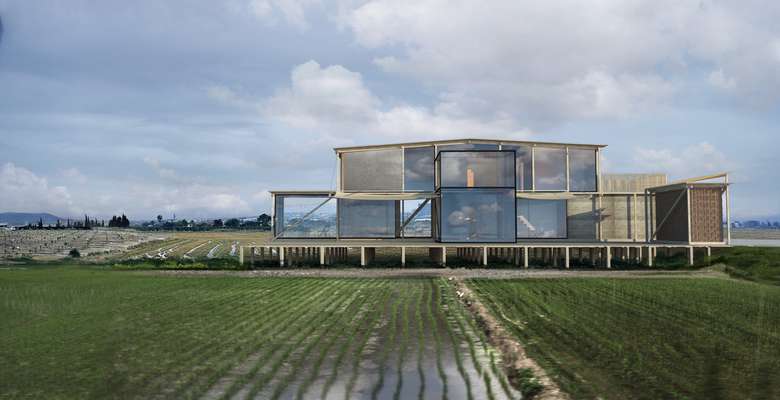
- Systemic changes
The historic field pattern becomes the foundation for urban planning. The role of the design is intended to be more a method than a permanent form. The outcome is an economical and extremely flexible structure that is open to future developments. Nature and architecture are given equal weight, are mutually complementary.
The 2 housing prototypes of one or two storeys are simple steel-wood structures which allow prefabrication and reduce construction time. None of the models have predetermined front or rear sides. Within each unit, the living space can be freely assigned due to the utilization of neutral volumes. The idea of the individual building as an object of aestheticized architecture retreats into the background, yielding priority to the concept of the tool.
The diversity of clients, financial arrangements and forms of ownerships prevent the formation of aesthetic and social monostructures, contributing to the long-term sustainability of the new district.
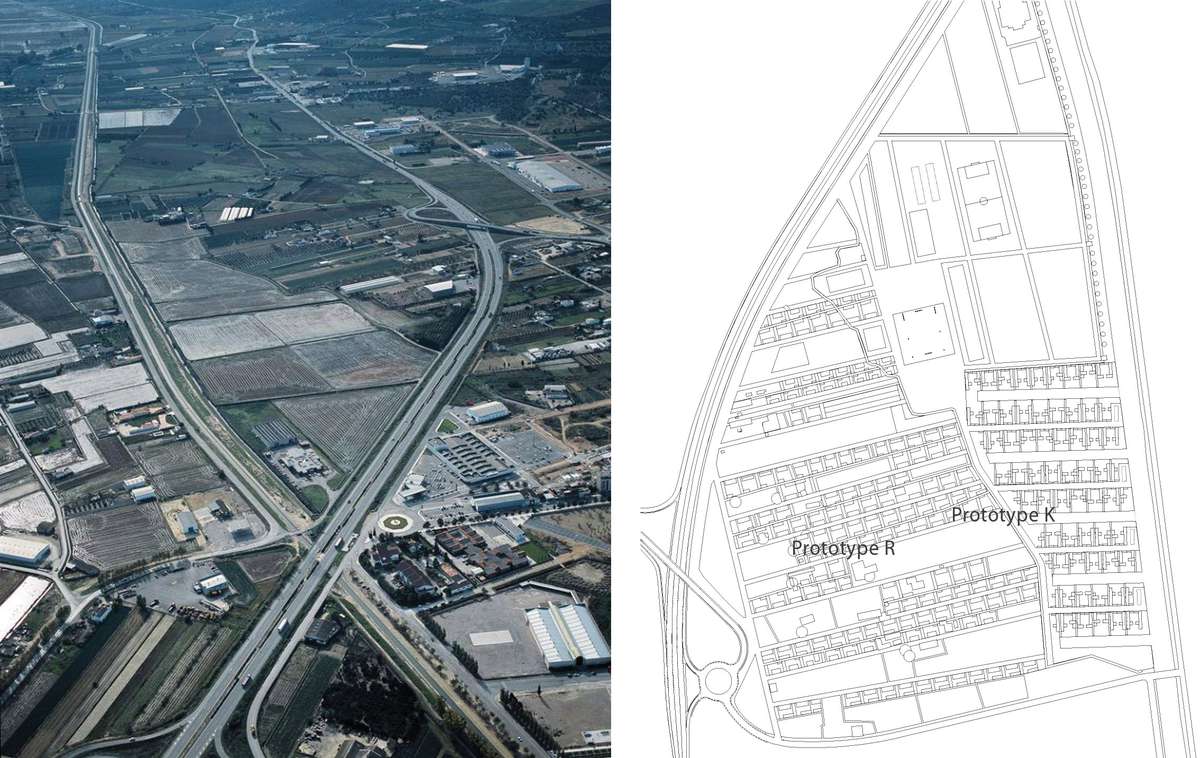
Planning territory, distribution of the housing prototypes and communal facilities

Prototype K: inwardly orientated courtyard house - Prototype R: no determined front or back side, no fixed spatial allocations
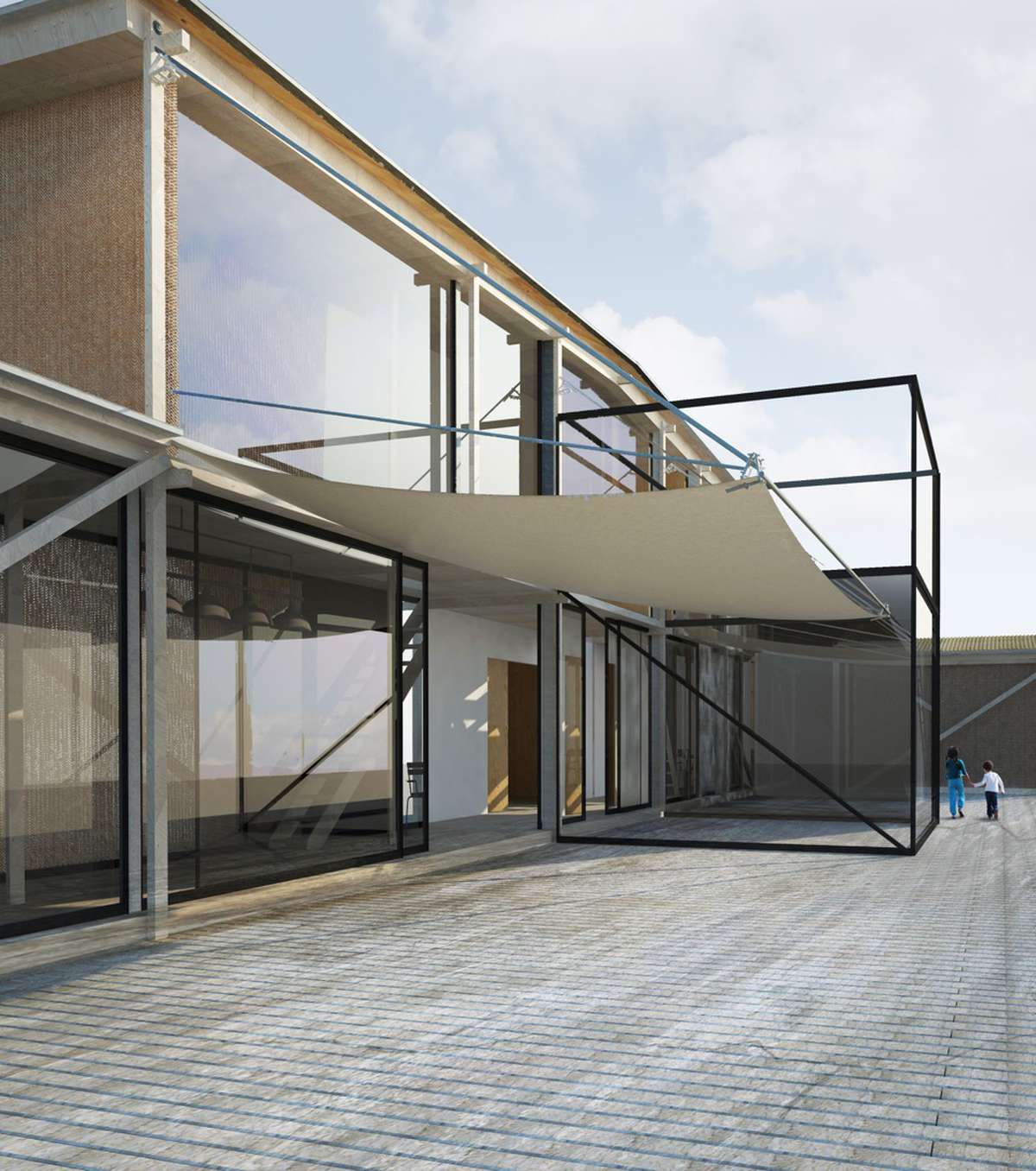
Prototype R: the building retains the appearance of the shell construction
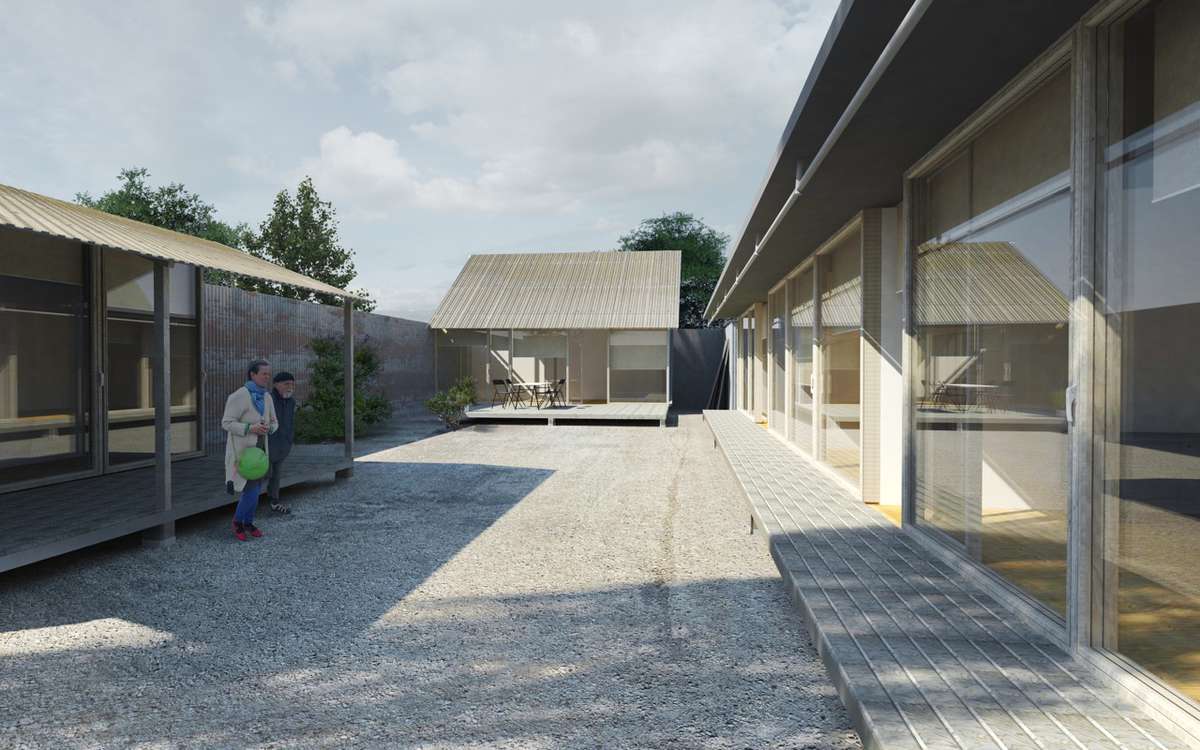
Prototype K: distribution of residential functions in separate houses

Prototype K: Integration in the existing landscape
HUMAN HABITAT, Prototype R + K, Amposta, Spain
HUMAN HABITAT, Prototype R + K, Amposta, Spain

- Systemic changes
The historic field pattern becomes the foundation for urban planning. The role of the design is intended to be more a method than a permanent form. The outcome is an economical and extremely flexible structure that is open to future developments. Nature and architecture are given equal weight, are mutually complementary.
The 2 housing prototypes of one or two storeys are simple steel-wood structures which allow prefabrication and reduce construction time. None of the models have predetermined front or rear sides. Within each unit, the living space can be freely assigned due to the utilization of neutral volumes. The idea of the individual building as an object of aestheticized architecture retreats into the background, yielding priority to the concept of the tool.
The diversity of clients, financial arrangements and forms of ownerships prevent the formation of aesthetic and social monostructures, contributing to the long-term sustainability of the new district.
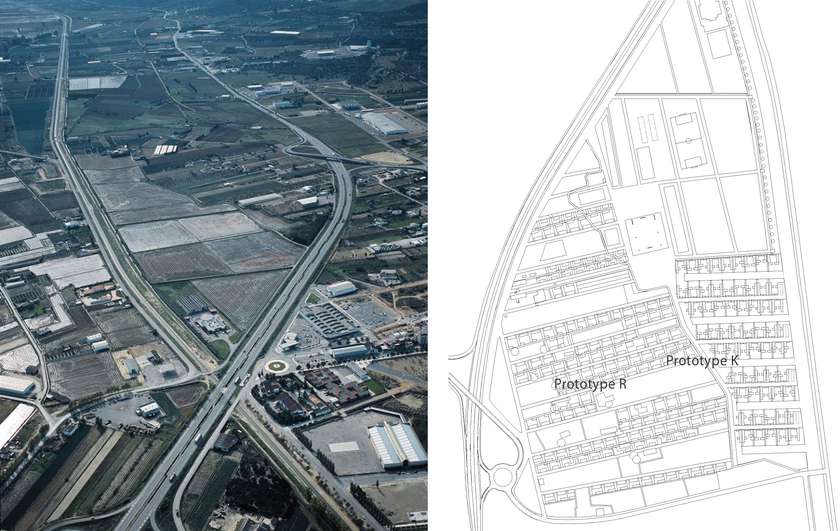
Planning territory, distribution of the housing prototypes and communal facilities

Prototype K: inwardly orientated courtyard house - Prototype R: no determined front or back side, no fixed spatial allocations
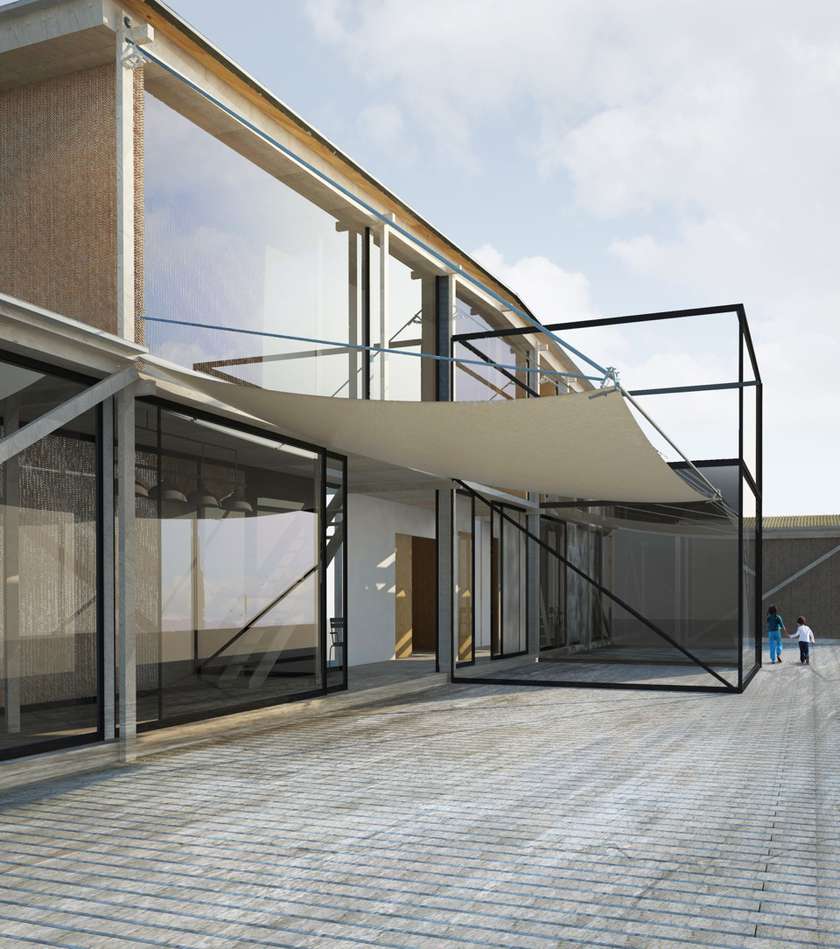
Prototype R: the building retains the appearance of the shell construction
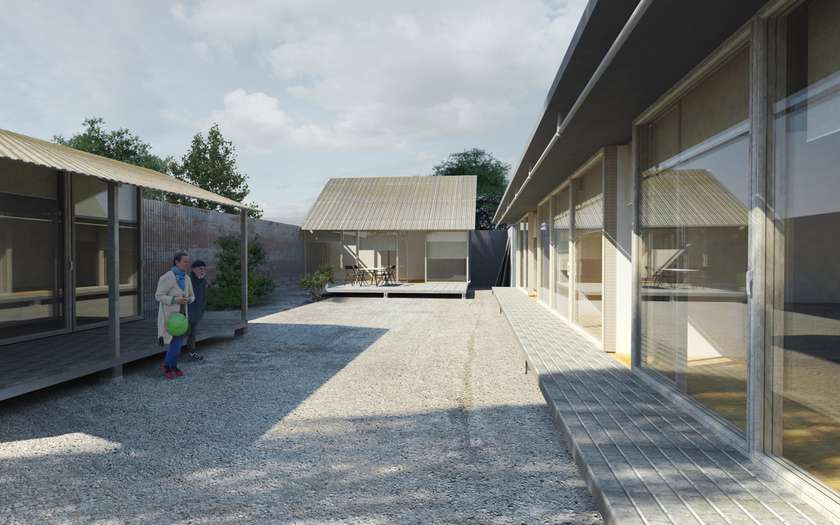
Prototype K: distribution of residential functions in separate houses

Prototype K: Integration in the existing landscape